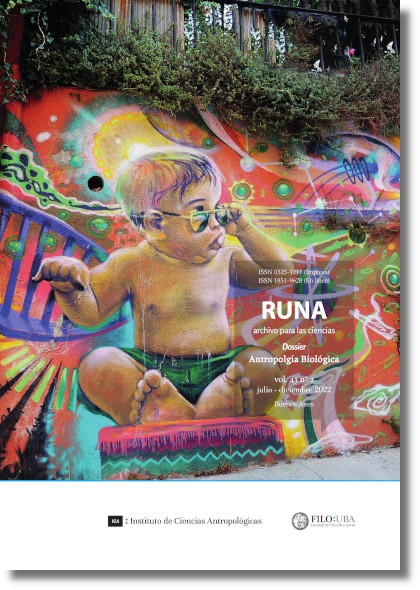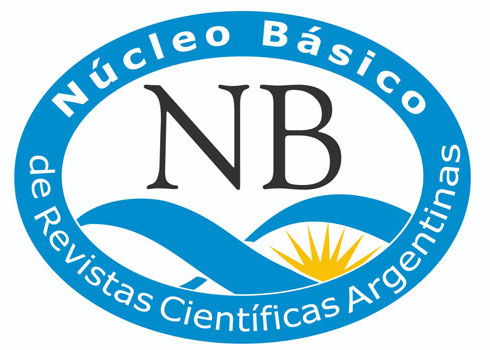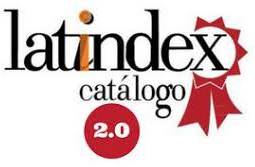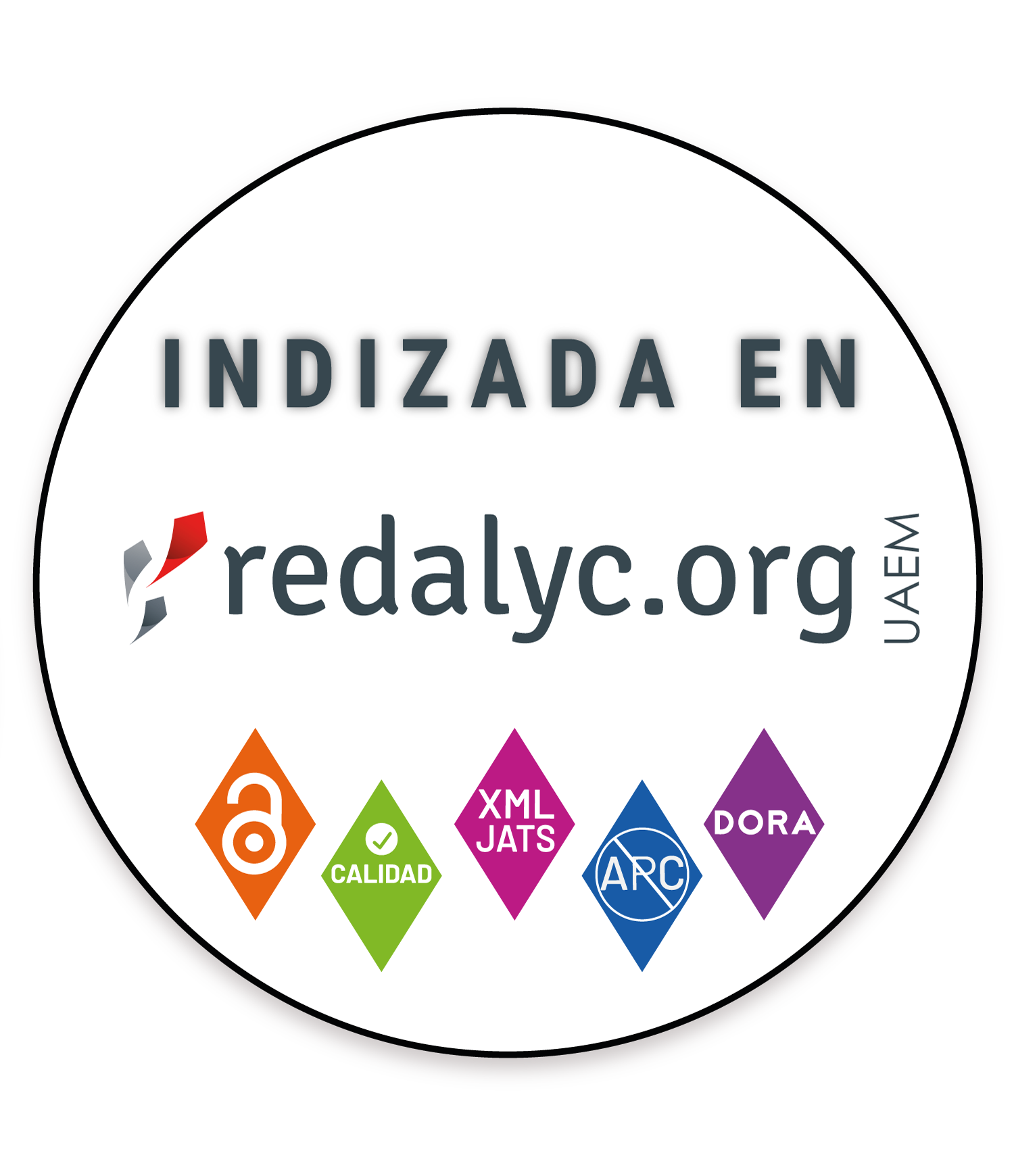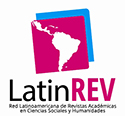Isotopic answers to old archaeological questions
Main paleo- dietary trends in Northwest Argentina
Abstract
This article summarizes some of the contributions of the stable isotope analysis to the knowledge about the strategies in food consumption of the pre-Hispanic societies that occupied Northwest Argentina, stressing how the isotopic information was interpreted to understand the intensification of maize (Zea mays) in different ecoregions: the Puna, mainly in the micro-region of Antofagasta de la Sierra (ANS, Catamarca) and the province of Jujuy; in the ecoregion of Monte de sierras y bolsones (hills and ravines monte), in the mesothermal and high valleys of Catamarca and Tucumán provinces and in the Quebrada de Humahuaca, Jujuy; and finally, in the San Francisco River basin (Yunga, Jujuy). The results obtained show different historical trajectories in the economic systems that took place in the macro-region, rather than linear and univocal trends over time.Downloads

Runa, archivos para las ciencias is a publication of the Instituto de Ciencias Antropológicas, Facultad de Filosofía y Letras, Universidad de Buenos Aires and is distributed under a Creative Commons Attribution 4.0 International License.
Runa maintains its commitment to the policies of Open Access to scientific information, considering that both scientific publications and publicly funded research should circulate on the Internet freely, free of charge and without restrictions.
The contents and opinions expressed in published articles are the sole responsibility of their authors.
